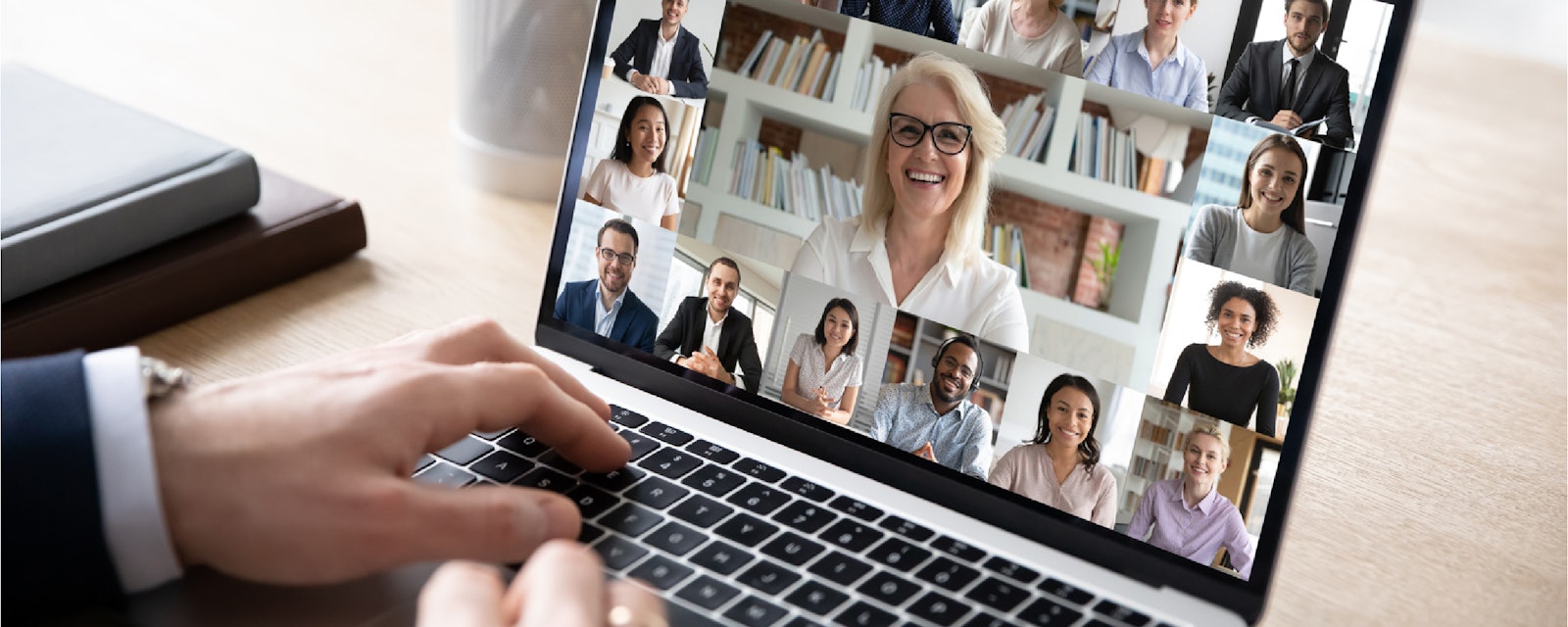Rebooting how we work to achieve sustained business improvement.
The challenge of reorganising how we work after COVID-19 may prove more demanding than the challenge of adapting to work during the pandemic.
We shouldn’t understate the resilience and flexibility demonstrated by businesses which had to find a way, in many cases within a matter of days, to move from working in a physical location to working virtually from many sites with employees in bedrooms, living rooms, kitchens and (for the relatively fortunate few) home offices.
As Microsoft CEO Satya Nadella said last year in the midst of what, for many countries, was the first wave of COVID-19 infection – “we’ve seen two years’ worth of digital transformation in two months”.
But the great working from home revolution had two vital preconditions: firstly there was little or no choice involved and secondly there was a clear and unambiguous destination. Everyone had to be out of the office and enabling them to complete their work somehow, from somewhere else was the overriding priority.
Moving from where we are now to what we in Teneo call the “New Different” will not be so simple.
New equilibria have been created in the relationships between companies and their staff, customers, shareholders and other stakeholders.
Before last March many businesses may have (at least privately) considered working from home to be an indulgence and one likely to be permitted only in exceptional circumstances. It has now been the default option for the best part of a year for the vast majority of workers outside the ranks of essential and frontline services and those, including construction and hospitality workers, whose jobs simply cannot be carried out remotely.
The value exchange and the expectation gap between employer and employee have changed fundamentally. As an employer I may expect my team to be back at their (office) desks once the vaccination programme is complete and the public health restrictions lifted. As an employee I will reasonably expect to hold on to any gains I have realised (reduced commuting time, better work/life balance, greater flexibility) during an otherwise extraordinarily worrying and stressful time.
Forward-thinking organisations have already begun to recognise this. As far back as last September financial technology powerhouse Stripe offered employees a $20,000 one-off payment to allow them to relocate from the company’s nominal bases in Silicon Valley, Seattle and New York. The main condition was that they needed to accept a 10% pay cut which, presumably, would be more than made up by the gains in purchasing power unlocked through the move away from these expensive urban centres.
We view this not as a zero-sum game but as a real opportunity to deliver wins for all stakeholders. The prize is a valuable one: creating new organisational designs and new ways to work that explicitly recognise and can help to solve some of the key challenges facing businesses including talent acquisition and retention, becoming more diverse and inclusive and being more sustainable. Flexibility and creativity in how, when and where we work are critical to solving all of these.
Office working, in one sense, is a one-size fits all solution. The future is not off-the-peg but bespoke tailoring. Solutions must strike the right balance between individual performance (which in many cases has actually increased over the course of the pandemic), collective collaboration and performance (which for the most part has been hit hard by the move to virtual working), and wellbeing (both individual and collective, where outcomes in both cases have covered the full spectrum).
Solutions need to reflect (a) the institution’s purpose and values, (b) the specifics of its current organisation and model, and (c) its vision and ambition for where it wants to go over the medium-term. As such, solutions need to be specific not only to individual institutions but, in some instances, to individual functions and teams within the same institution.
Developing viable, sustainable solutions goes right to the core of every aspect of organisational design, with the scope including: organisational structures, roles and responsibilities, talent recruitment, retention and development, and organisational infrastructure (including technology, HR Policies and procedures, the setup of physical and virtual working environments and, perhaps most importantly of all, culture and behaviours – especially those of leaders).
In our view, institutions and their leadership teams have no option now but to meaningfully take this on as, regardless of the (hopefully positive) progress from here of the pandemic, the dynamics of broader political, economic and social changes around the world will only increase going forward.
The good news is that, for all that the overall challenge is both fundamental and complex, we can already identify common characteristics of organisations working successfully in the “New Different” – especially with regard to their leadership models – that can be brought to the table quickly to prompt consideration, discussion, the generation of ideas, and real impact.




